Temuco – the land of the Mapuche
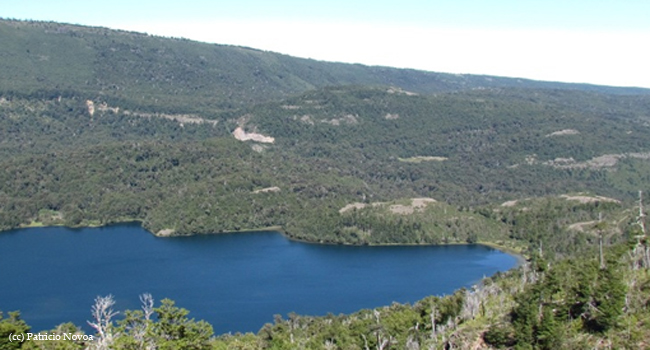 One of the thermal springs in the Temuco area
One of the thermal springs in the Temuco area
We move on now to Temuco, our last stop on this trip. We have investigated several cities in the Araucanian area of Chile’s Patagonia and we now come to the capitol of the region. This is similar to visiting the state capitol city in the United states, i.e., visiting Tallahassee while in the State of Florida.
Temuco has around 250,000 people, and is located 416 miles south of Santiago, Capitol of Chile. The cities that we have covered really have a lot in common. Most of the variations are just in size and level of sophistication. For example, as you know we lean toward healthy eating here at FFJ. So in one restaurant in Pucon where we didn’t see a salad combination that we liked, we asked the waitress if they could just give us a salad with every vegetable they had but leave out the meat. She smiled, went to the kitchen, and shortly set in front of us one of the most beautiful salads I’d ever seen. That happened more than once in Pucon and Villarrica. The same request in Temuco brought looks of confusion and an explanation that yes, they could leave the chicken out of the Caesar Salad but they could not add carrots–which were evident in other salads on the menu. I am sure there are restaurants in Temuco that would accommodate a customer. We just couldn’t find one. For that reason we personally rated the Pucon area a bit more sophisticated.
Yet the city is still similar to other towns in the area. It is situated in a valley surrounded by mountains and forests, mostly evergreen. Temuco departs from being in the “town” classification and is a modest size city. Also remember what we said about living in the mountains and being a couple hours from the ocean. Temuco sits exactly between the border with Argentina, in the Andes, and the Pacific Ocean. So in Temuco you are equidistant to the ski slopes in the winter and the ocean in summer.
There is a thermal spring here, as there are many throughout this part of Chile. We are very interested in these thermal springs in this area because of the minerals in the water. As we have stated before, volcanic ash provides nutrients to the soil. Among those nutrients are minerals, which are so sadly lacking in so much of the soil in the developed world. Those minerals are present in the waters of the thermal springs. We see this as yet another health benefit in Chile. Minerals are far more important to our health than most people realize considering that 80% of the residents of the United States are deficient in magnesium alone. Magnesium is important to just about every function in the body. In that regard, every mineral is also suspended in ocean water so if you went to the beach regularly, soaked in the water for an hour and did not shower immediately when you got out, you’d take in more minerals through your skin than you could possibly consume eating the vegetables. A similar situation exists in the thermal springs.
When you are in Temuco, you are in Mapuche country. The Mapuches were the indigenous nation that occupied the area when the Spanish moved in. There is still the strong Mapuche presence here, with an estimated 19% of the population being Mapuche. There are also many Europeans in the area including German, Swiss, Austrian and others and, of course, the Spanish, as well as a small Jewish community.
We visited the large national park area that is known as Ñielol Hill, situated in a large, protected forest area that is special to the Mapuches. In fact, as we walked up the trail we happened onto a Mapuche ritual under way in the forest. We were asked to wait quietly on the trail and not to take any photos, we are sad to say. There were four of the large totem pole type figures there. When it was over, the Mapuches who were there were very friendly and gracious to us–only we had to forego the photos, nevertheless. The problem with photos is apparently not their religion because there was a woman there taking photos, unmolested. I called that to the attention of the employee there and she said “Well, she is one of them. It is okay for them but not for us.”
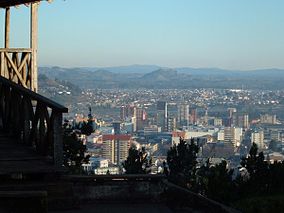 City of Temuco Viewed From the Ñielol Hill National Monument – Photo from Wikipedia
City of Temuco Viewed From the Ñielol Hill National Monument – Photo from Wikipedia
This is an area that is considered of ecological significance and there were many study groups gathered on the grounds. There is also an ecological museum there complete with a large taxidermied condor.
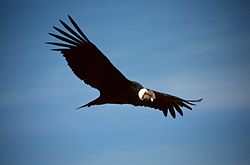 South American Condor from Wikipedia
South American Condor from Wikipedia
The condor in flight has a wing span of about 5 feet and seems to be considered an important bird by people here. In fact, the condor is Argentina’s national bird. In our evaluation, it is actually a very large buzzard. But in a city, garbage men might not be considered really important but where would we be without them? Trust us, in Argentina we know. It is not unusual for garbage men to be on strike!
Temuco has two major universities, one of them secular and the other Catholic–Universidad de La Frontera and Universidad Católica de Temuco.
As with most cities in South America, we found abundant food everywhere. This is one of the big differences that we see between the towns and cities here and in the United States. Most of the food here is produced mere kilometers–not hundreds of miles–from the market. We could exhaust you with photos of different markets. But we visited one especially interesting market in downtown Temuco. It was an inside market and enormous. There were long rows of one display case after another of various meats, and aisle upon aisle of vegetables brought in by the farmers. In Chile they are not genetically modified–so far. However, while we suspect that not much poison is necessary here, and farmers here save money wherever they can, including on agricultural products, still they have probably been sprayed.
Not only does this market have aisles–and long ones too–of meat, and of fruits and vegetables, it is probably the best place to find genuine Mepuche handwork. They offer everything from wood carvings to naturally carded and spun wool yarn. If you have an interest in exporting, you could spend a lot of time wandering through those rows of handwork on display.
Although Chile does not get as much press as some other countries in the publications aimed at potential newcomers, we think it is well worth considering. It is a stable country that is business friendly.
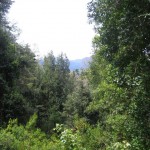
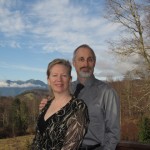
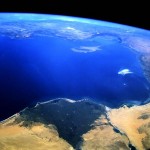
Leave a Reply